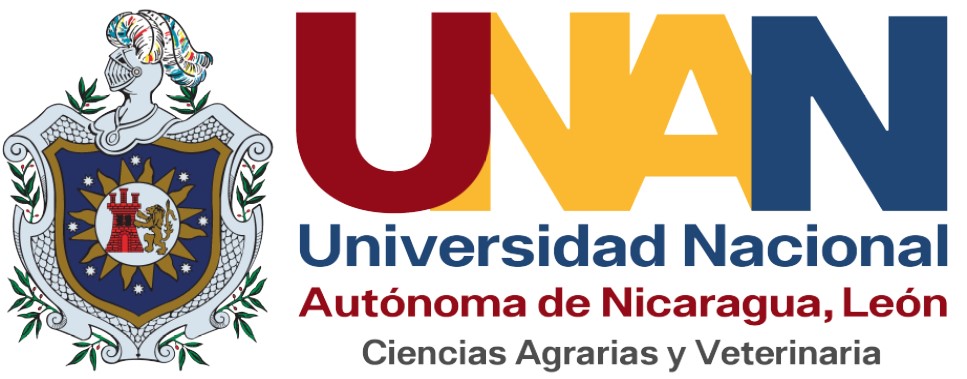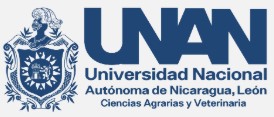Model for climate change vulnerability indexes and its spatial representation in the Centre-Gulf Region of Mexico
DOI:
https://doi.org/10.5377/ribcc.v1i1.2147Keywords:
extreme climatic events, natural events risk, adaptation capacity, social and economical indicesAbstract
The Climate Change (CC) subject is still questionable, but the assessment of vulnerability to extreme events is critical for a strategic use of public resources. The most recent example is the impacts of “Ingrid” and “Manuel” cyclones, which would have been minimized with a previous evaluation of vulnerability in past years. This paper evaluated the vulnerability to CC in a transect from central Mexico to the Gulf, along the common direction followed by cyclones. Adapting the Malone and Brenkert (2008) model, social, economic, biophysics, and climatic variables were used to assess vulnerability. The most important sub-criteria for CC vulnerability are population size, poverty, production technology, natural resources degradation and economic capacity. Results were similar when variables were weighted according the opinion of experts. The adapted model showed to be a valuable planning tool that allows the planning of public resources according with vulnerability and minimize the extreme climatic events impacts.
Downloads
Metrics
References
Arc Map 2010,Arc Map esri Versión 10.0. USA. Brenkert, A. L., &, E. L. Malone 2005. Modeling vulnerability and resilience to climate change: A case study of India and Indian States.Climatic Change, 72: 57-102.
https://doi.org/10.1007/s10584-005-5930-3
Centro Internacional para la Investigación del Fenómeno del Niño (CIFEN), 2010. Estrategia provincial del Cambio Climático. Implementación de un sistema de información de vulnerabilidad sectorial de la provincia del Guayas frente al cambio y la variabilidad climática. Gobierno provincial de Guayas, Ecuador.95 págs.
Cutter S., 2003. Social Vulnerability to environmental hazards, Social Science Quarterly, by the Southwestern Social Science Asociation. 84, 2: 242-261. CONAGUA, 2009. Sistema de aguas nacionales. Disponibilidad de agua subterránea por estados, México. Disponible en http://www.conagua.gob.mx/disponibilidad.aspx?n1=3&n2=62&n3=94.
https://doi.org/10.1111/1540-6237.8402002
CONAPO, 2010. Indicadores demográficos básicos, esperanza de vida al nacer por estados, México. Disponible en http://www.conapo.gob.mx/es/CONAPO/Indicadores_Demograficos_Basicos_1990-2010. Consultada 07072014
CONEVAL, 2010. Medición de la pobreza por municipio, México. Disponible en http://www.coneval.gob.mx/Medicion/Paginas/Medici%c3%b3n/Medicion-de-la-pobreza-municipal-2010.aspx. Consultada en 07072014
Ibarrarán M. E., E. L. Malone, A. L. Brenkert, 2009. Climate change vulnerability and resilience: current status and trends for Mexico; Environment Development Sustainability. 12:365-388. Instituto Nacional de Ecología, 2005. Contaminación urbana y regional, investigación sobre calidad del aire, México.
https://doi.org/10.1007/s10668-009-9201-8
SEMARNAT, Distrito Federal. INEGI, 2002. Uso de Suelo y Vegetación. Escala 1:250 000 Serie III. Información vectorial, México. INEGI, 2005. Regiones Hidrológicas Escala 1:1 000 000. Información vectorial, México. INEGI, 2007. Uso de Suelo y Vegetación. Escala 1:250 000 Serie IV. Información vectorial, México.
INEGI, 2010, Principales resultados del Censo de Población y Vivienda 2010, México. INEGI, 2007, Censo Agrícola, Ganadero y Forestal, 2007, México.
INEGI, 2007, Censos económicos, 2009, México. IPCC, 2001. Cambio climático, Tercer informe de evaluación: Mitigación, Resumen para responsables de políticas y Resumen técnico, Parte de la contribución del Grupo de trabajo III al Tercer Informe de evaluación del IPCC, Ginebra, Suiza, 95 págs.
IPCC, 2007.Cambio climático, Cuarto informe de evaluación: Informe de síntesis, Contribución de los Grupos de trabajo I, II y III al Cuarto Informe de evaluación del IPCC, Ginebra, Suiza, 104 págs.
Malone, E. L., and, A. L. Brenkert 2009.Vulnerability, sensitivity, and coping/adaptive capacity worldwide. In M. Ruth & M. E. Ibarraran (Eds.), The distributional effects of climate change and disasters: Concepts and cases. UK: Edward Elgar Publishing.215 págs.
Moss, R. H., A. L. Brenkert., and E. L. Malone, 2001. Vulnerability to climate change: A quantitative approach. Washington DC: PacificNorthwestNational Laboratory. 70 págs.
Nigel W., 2005.Heavyweight attack on climate-change denial, Current Biology15 (4): 109-110. Saaty L. T., 1988. What is the analytic hierarchy process, mathematical model for decision support, NATO ASI Series. 48: 109-121.
https://doi.org/10.1007/978-3-642-83555-1_5
Stern, N., 2006. Stern review on the economics of climate change.HM Treasury, Londres Inglaterra RU.662 págs.
Downloads
Published
How to Cite
License
Copyright (c) 2015 Revista Iberoamericana de Bioeconomía y Cambio Climático

This work is licensed under a Creative Commons Attribution-NonCommercial-ShareAlike 4.0 International License.
Copyright © 2025 Rev. iberoam. bioecon. climate change. National Autonomous University of Nicaragua León (UNAN-León), Knowledge Area of Agrarian and Veterinary Sciences / Specific Area of Agroecology and Agribusiness / Center for Research in Agrarian Sciencies. Academic Directorate. Research Department. Publication and scientific events Unit.












 EDITORIAL
EDITORIAL e-ISSN
e-ISSN


 COPYRIGHT
COPYRIGHT This work is licensed under a Licencia Internacional
This work is licensed under a Licencia Internacional 












